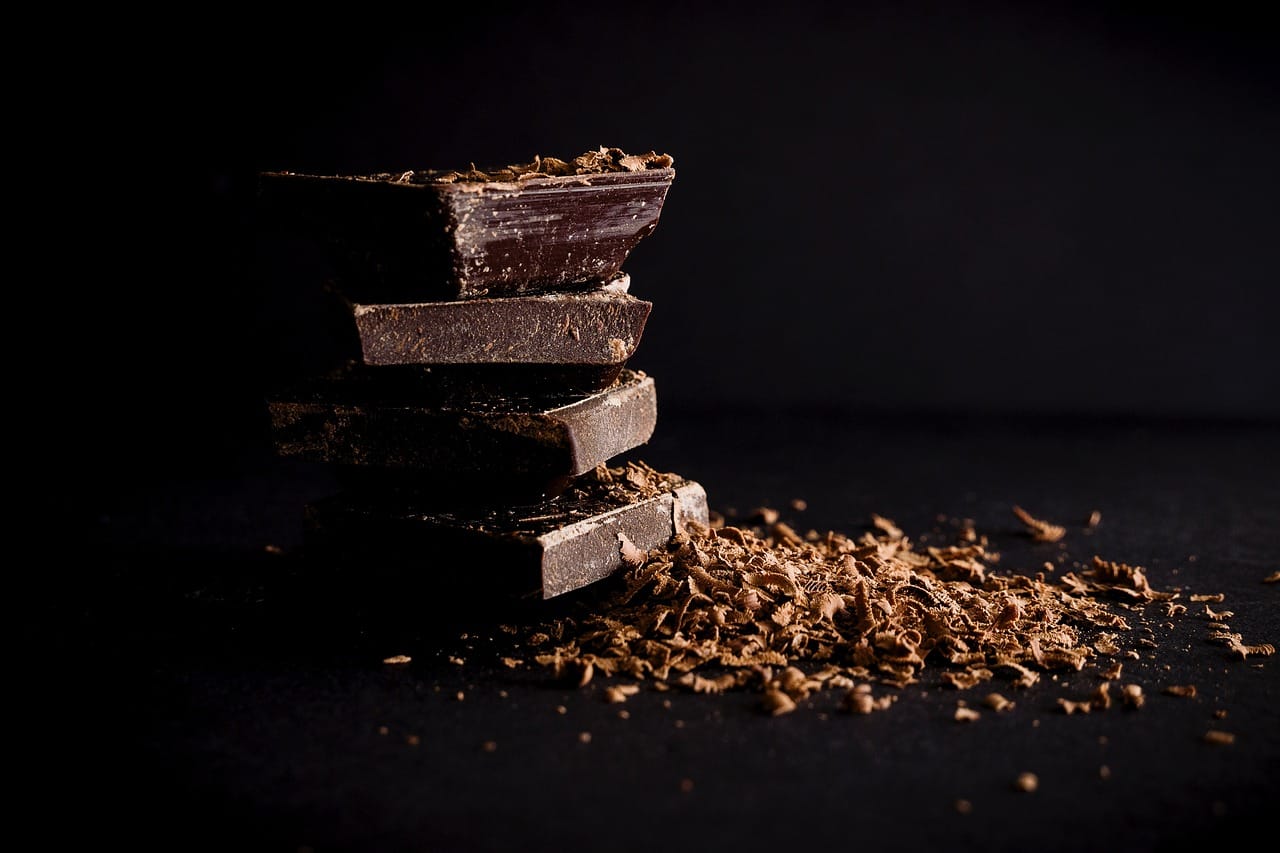Pavlova, with its crisp meringue shell and soft, marshmallowy interior, topped with whipped cream and fresh fruit, is a dessert that effortlessly marries elegance and simplicity. Whether you’re celebrating a special occasion or simply craving a delightful treat, this iconic dessert is sure to impress. But there’s more to pavlova than just its beautiful appearance. Let’s delve into the history, techniques, and secrets behind crafting the perfect pavlova.
The Enigmatic History of Pavlova
A Trans-Tasman Tussle: New Zealand vs. Australia
The origin of pavlova remains a source of friendly rivalry between New Zealand and Australia. Both countries claim to have invented the dessert in honour of the Russian ballerina Anna Pavlova during her tours in the 1920s. While the exact origin remains debated, it’s generally accepted that the pavlova was inspired by the ballerina’s light and airy performances.
- New Zealand claims the first published recipe for something resembling pavlova appeared in 1927.
- Australia argues their version was created at the Esplanade Hotel in Perth in 1935.
Regardless of its true origin, pavlova has become a beloved dessert in both countries and worldwide, celebrated for its unique texture and adaptability to various flavours.
Evolution of the Recipe
Over the years, the pavlova recipe has evolved, with bakers experimenting with different ingredients and techniques to achieve the perfect meringue. Variations include adding different extracts, using alternative sugars, and incorporating flavours into the whipped cream and fruit toppings. What started as a simple meringue base has transformed into a canvas for culinary creativity.
Mastering the Meringue: The Key to Pavlova Perfection
The Importance of Egg Whites
The foundation of any great pavlova lies in the quality of its meringue. Fresh egg whites are crucial for achieving a stable and voluminous meringue.
- Room Temperature: Bring your egg whites to room temperature before whipping. This allows them to achieve a greater volume.
- Cleanliness is Key: Ensure your bowl and whisk are completely clean and free of any traces of fat. Even a small amount of grease can prevent the egg whites from whipping properly.
- Slow and Steady: Start whipping the egg whites on low speed until they become frothy, then gradually increase the speed.
Sugar and Acid: Achieving the Right Balance
Adding sugar and an acid, such as cream of tartar or lemon juice, are essential for creating a stable meringue with a glossy sheen.
- Granulated Sugar: Use fine granulated sugar for best results. Add it gradually to the whipped egg whites, allowing it to dissolve completely before adding more. This prevents a grainy texture.
- Acid’s Role: The acid helps to stabilise the egg whites and prevent them from collapsing. It also contributes to the meringue’s characteristic chewiness.
- Vinegar Alternative: White vinegar can be used if you don’t have lemon juice or cream of tartar on hand.
Baking to Perfection
Baking the pavlova at a low temperature for an extended period is crucial for achieving the desired crisp shell and marshmallowy interior.
- Low and Slow: Bake the pavlova at a low temperature (around 250-275°F or 120-135°C) for at least an hour, or until the meringue is firm and dry to the touch.
- Cooling in the Oven: Turn off the oven and allow the pavlova to cool completely inside with the door slightly ajar. This prevents cracking due to sudden temperature changes.
Toppings and Variations: Unleashing Your Creativity
Classic Combinations
The beauty of pavlova lies in its versatility. While traditional toppings include whipped cream and fresh fruit, the possibilities are endless.
- Whipped Cream: Use heavy cream with a high fat content for a stable and delicious whipped cream. Sweeten it with a touch of powdered sugar and vanilla extract.
- Berries: Strawberries, raspberries, blueberries, and blackberries are classic choices, providing a burst of fresh, tart flavour.
- Passionfruit: The tangy and aromatic passionfruit pulp complements the sweetness of the meringue and cream beautifully.
Exploring Different Flavours
Don’t be afraid to experiment with different flavours and ingredients to create your own unique pavlova masterpiece.
- Chocolate Pavlova: Add cocoa powder to the meringue for a rich chocolate flavour. Top with chocolate shavings and chocolate ganache.
- Lemon Curd Pavlova: Swirl lemon curd into the whipped cream for a zesty and refreshing twist.
- Tropical Pavlova: Use tropical fruits like mango, kiwi, and pineapple for a vibrant and exotic dessert.
Troubleshooting Common Pavlova Problems
Cracking
Cracking is a common issue when making pavlova, but it’s usually just cosmetic and doesn’t affect the taste.
- Cause: Rapid temperature changes during baking and cooling.
- Solution: Cool the pavlova slowly in the oven with the door ajar. Avoid opening the oven door frequently during baking.
Soggy Pavlova
A soggy pavlova can be caused by moisture in the air or undercooked meringue.
- Cause: High humidity or insufficient baking time.
- Solution: Bake the pavlova for a longer period and store it in an airtight container in a cool, dry place until serving. If humidity is high, consider adding a tablespoon of cornstarch to your meringue mixture.
Flat Meringue
A flat meringue can result from using old egg whites or insufficient whipping.
- Cause: Old egg whites, traces of fat in the bowl, or under-whipping.
- Solution: Use fresh, room-temperature egg whites, ensure your bowl and whisk are completely clean, and whip the egg whites until stiff, glossy peaks form.
Conclusion
Pavlova, with its ethereal texture and endless topping possibilities, remains a timeless dessert that continues to captivate palates worldwide. By understanding the science behind meringue making and embracing creative flavour combinations, you can master the art of pavlova and impress your friends and family with this delightful treat. So, gather your ingredients, preheat your oven, and prepare to embark on a pavlova-making adventure. Remember the key is a low temperature and slow cooling!



